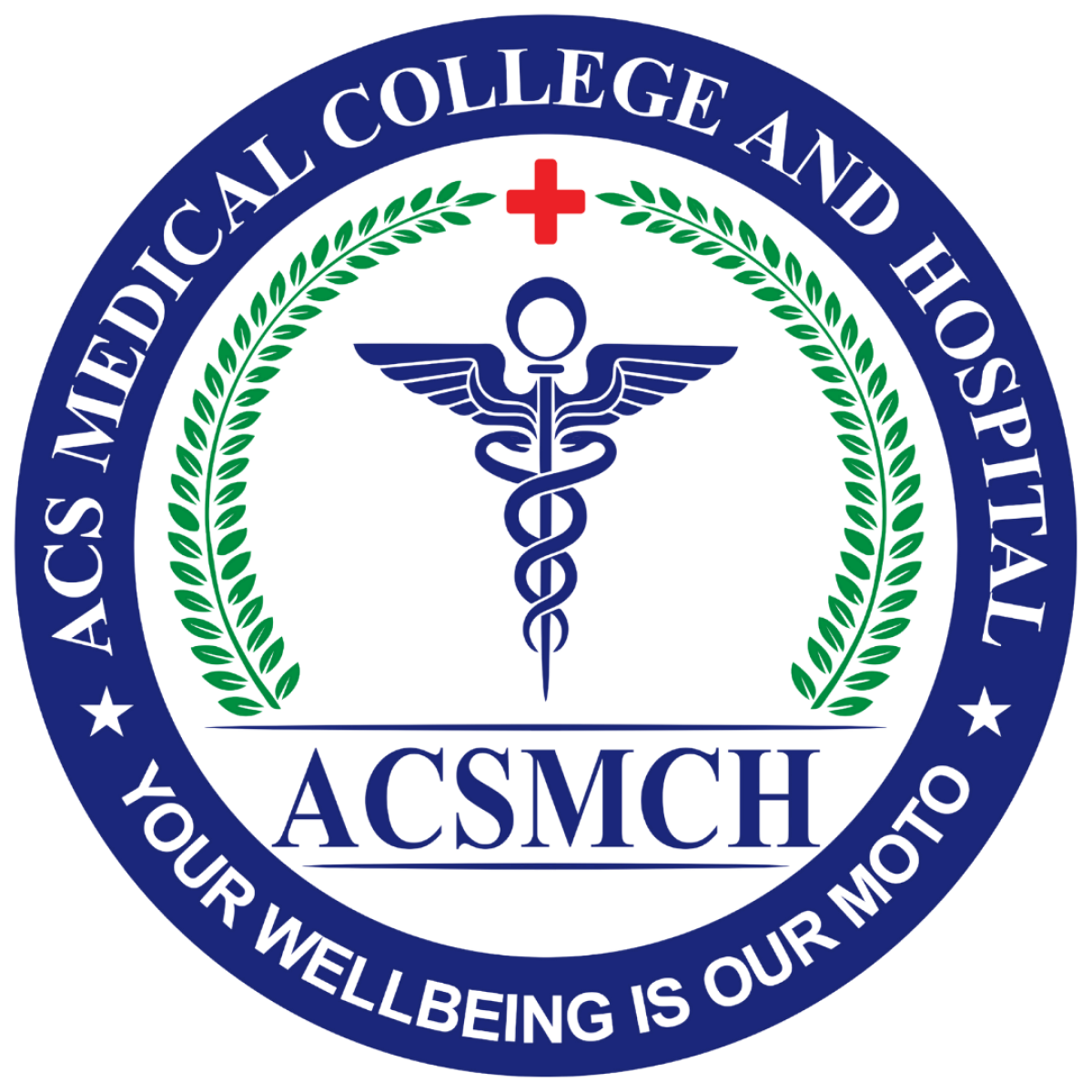Improving iodine deficiency requires a multifaceted approach involving dietary changes, public health interventions, and education. The most effective strategy globally is the fortification of salt with iodine, a simple and cost-effective measure. Universal salt iodization (USI) ensures that populations, especially those in iodine-deficient regions, receive sufficient iodine through their regular diet. Many countries have adopted this policy, leading to significant reductions in iodine deficiency disorders.
In addition to iodized salt, increasing the consumption of iodine-rich foods is essential. Natural sources of iodine include seafood (such as fish, shrimp, and seaweed), dairy products, eggs, and fortified foods. For populations with limited access to these foods, iodine supplements may be necessary, especially for vulnerable groups like pregnant women, nursing mothers, and infants.
Public health campaigns play a vital role in raising awareness about iodine deficiency and its health impacts. Education programs can inform communities about the importance of using iodized salt and encourage the inclusion of iodine-rich foods in their diets.
Regular monitoring and evaluation of iodine levels in populations through urine tests help track the success of interventions. Governments, health organizations, and communities must collaborate to ensure sustainable iodine sufficiency and prevent the recurrence of deficiency disorders.
